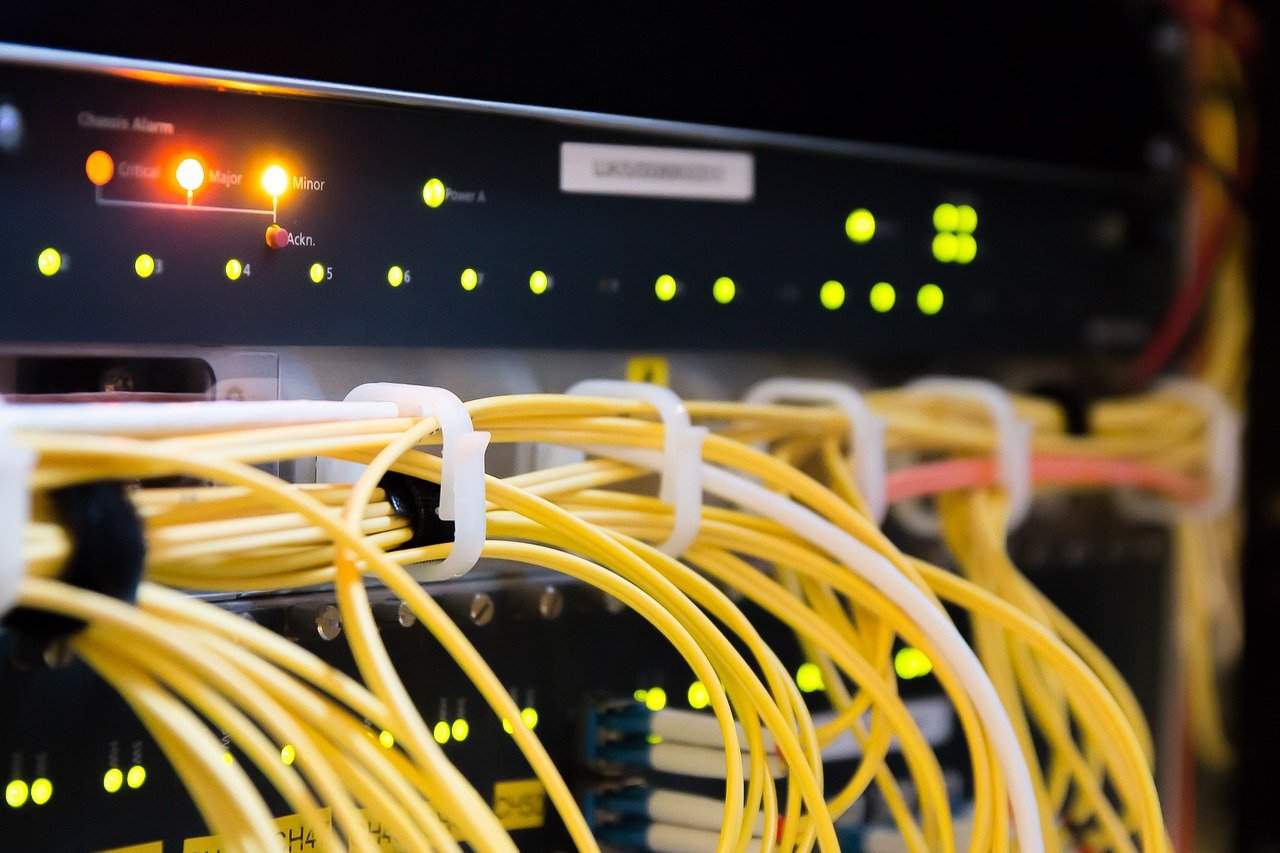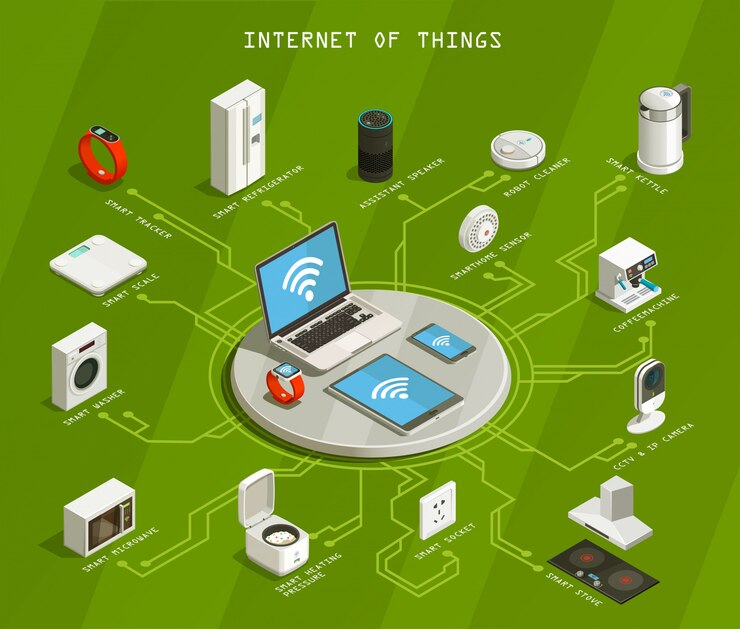Leased Line or Broadband – Demystifying Truth vs Hype
-
July 18, 2022
-
6 min read

Unraveling the Debate – Leased Line vs. Broadband
According to a 2021 report, 66% of customers express higher satisfaction when they receive a reliable and faster connection. With businesses expected to grow consistently, a stable internet plays a critical role in optimizing business operations to ensure optimal performance, giving rise to the debate between leased line connection and broadband.
Understanding the Basics: What Sets Leased Lines Apart?
Leased lines are an ideal choice for any business that demands increasing performance and optimization of tasks. Due to its reliable connectivity and symmetrical speed, a business leased line makes it easier to automate high-demanding tasks in a critical workflow.
In comparison to a leased line, broadband offers several characteristics that set it apart in a complex business environment. These may include:
- Dedicated connection: Point-to-point connection from one source to another.
- Symmetrical speed: Faster data transfer with equal upload and download rate.
- Exclusive bandwidth: Reserved bandwidth for the subscriber.
- Reliability: Minimum downtime with a stable connection.
- SLA guarantee: Updated SLAs to ensure the best services.
Broadband Breakdown: Dispelling Myths and Misconceptions
Compared to a leased line connection, broadband connections are relatively more affordable, making them an ideal choice for small businesses with financial limitations and personal networks. It also offers wider internet access due to its ease of availability in urban locations, making it suitable for popularized areas.
However, even with the additional benefits of scalability and faster deployment, there are some misconceptions surrounding the connection.
- Consistent speed: Broadband speed varies upon network congestion and location.
- Exclusive to home networks: Except for personal utilization, broadband is also suitable for small-scale businesses.
- Unlimited data: Most data plans in business broadband have data limitations.
The Speed Conundrum: Unveiling Performance Differences
Common factors affecting speed in leased lines and broadband connections include infrastructure, user contention, network congestion, and location. These factors determine the speed and stability of connections, influencing the overall performance.
Given below is a table of comparison between the two connections based on speed to help businesses decide on the best connection:
| Leased Lines | Broadband |
| Symmetrical speed with equal upload and download rates. | Asymmetrical speed with varying upload and download rates. |
| Consistent speed irrespective of congestion. | Varying speeds depending on contention. |
| Exclusive bandwidth reserved for subscribers. | Shared bandwidth with multiple users. |
Reliability Matters: Delving into Uptime and Downtime
According to Gartner, a business may lose $5,600 per minute due to downtime, leading to major losses and missed sale opportunities. Additional disadvantages include customer dissatisfaction, operational mismanagement, supply chain disruptions, loss of data, and much more.
Businesses need to opt for a connection that minimizes downtime to ensure seamless operations within the company.
| Leased Lines | Broadband |
| A dedicated leased line offers higher reliability with its consistent data connectivity. | Broadband offers varying connections based on certain factors that may be prone to downtime. |
| It offers SLAs that guarantee an uptime of about 99.9%. | There is no guarantee of uptime due to variables in factors. |
Security Spotlight: Assessing Threats and Safeguards
With the increasing number of cyber threats, safeguarding sensitive data remains a vital part of business operations. Due to high volumes of data exchange between networks, businesses are prone to data thefts that can cause monetary losses and legal consequences.
Below is a table presenting the security measures and vulnerabilities presented by leased lines and broadband:
| Leased Lines | Broadband |
| Offers dedicated leased line servers, firewall configurations, and privacy. | Offers firewalls and encryption with shared connections. |
| Vulnerabilities include wiretapping, service provider hacks, and DDoS attacks. | Vulnerabilities include phishing, bandwidth contention, and the absence of internal encryption. |
Scalability: Planning for Growth and Flexibility
As technology evolves, businesses need to adapt to new changes for long-term success. Scalability not only optimizes existing resources but brings in new revenue streams, allowing businesses to remain relevant during market shifts.
Given below is a table of comparison between the two connections based on their scalability:
| Leased Lines | Broadband |
| Expandable bandwidth that can meet growing demands. | Flexible bandwidth plans that can be adjusted accordingly. |
| Flexible SLAs allow adjustments in services. | Easy implementation of cloud-based services. |
| Limitations include higher leased line prices and physical adjustments. | Limitations include contention and lack of speed. |
Cost Considerations: Balancing Budgets with Performance
A business leased line is comparatively more expensive than broadband due to its dedicated nature of connectivity and benefits. Meanwhile, broadband is more economical with better availability of access points as it is popular among household networks.
Refer to the table below to understand their differences based on cost:
| Leased Lines | Broadband |
| Leased line prices are expensive for installation and setup. | Affordable and minimal installation process. |
| Requires additional equipment. | A router is included. |
| High monthly fees. | Lower monthly fees. |
| Fixed monthly charge. | Variable charge. |
| Ideal for long-term benefits. | Ideal for flexible benefits. |
Case Studies: Real-World Comparisons and Success Stories
| Detail | Leased Lines | Broadband |
| Client | UP Police | Aussie Broadband |
| Challenges | To improve responsiveness and lack of real-time communication over a large area. | To expand marketing efforts, and increase revenue along with market shares. |
| Solution |
|
|
| Result | Improved responsiveness for 700 cities and 100,000 villages with real-time updates. | Successfully grew a revenue of 1,822% in 5 years and was listed on the ASX. |
Making the Decision: Factors to Consider in Choosing the Right Connection
Depending on a company’s unique requirements, budget, and future plans, businesses need to consider some major factors to make their final decision on choosing the right connection. These factors may include:
- Speed: Consider a bandwidth that can handle the company’s existing operations.
- Scalability: Choose a connection that is adaptable to business growth.
- Security: Look into security measures and features to strengthen data protection.
- Budget: Consider a connection that falls within the company budget and requirements.
- Customer support: Choose responsible providers with reliable support teams.
Conclusion: Finding Clarity in the Leased Line vs. Broadband Debate
With the increasing number of corporate offices and consumer demands, the need for internet connection is at an all-time high. After considering factors including scalability, speed, cost, etc, businesses must carefully consider the advantages and shortcomings of leased line, broadband, and make a uniform decision that will provide them with an optimal result.
 Share
Share









